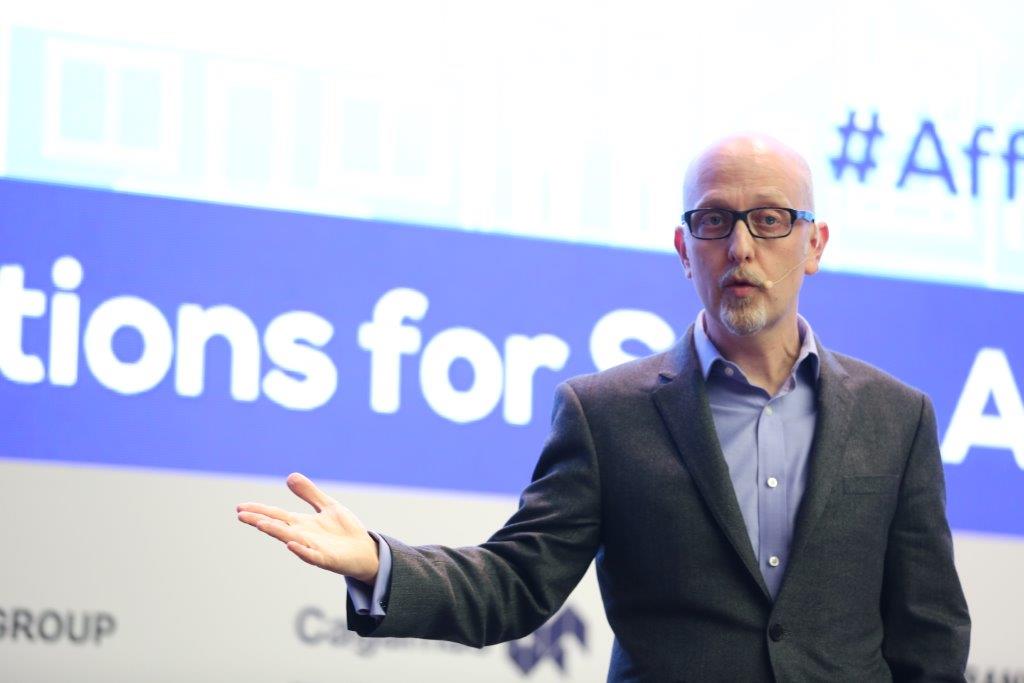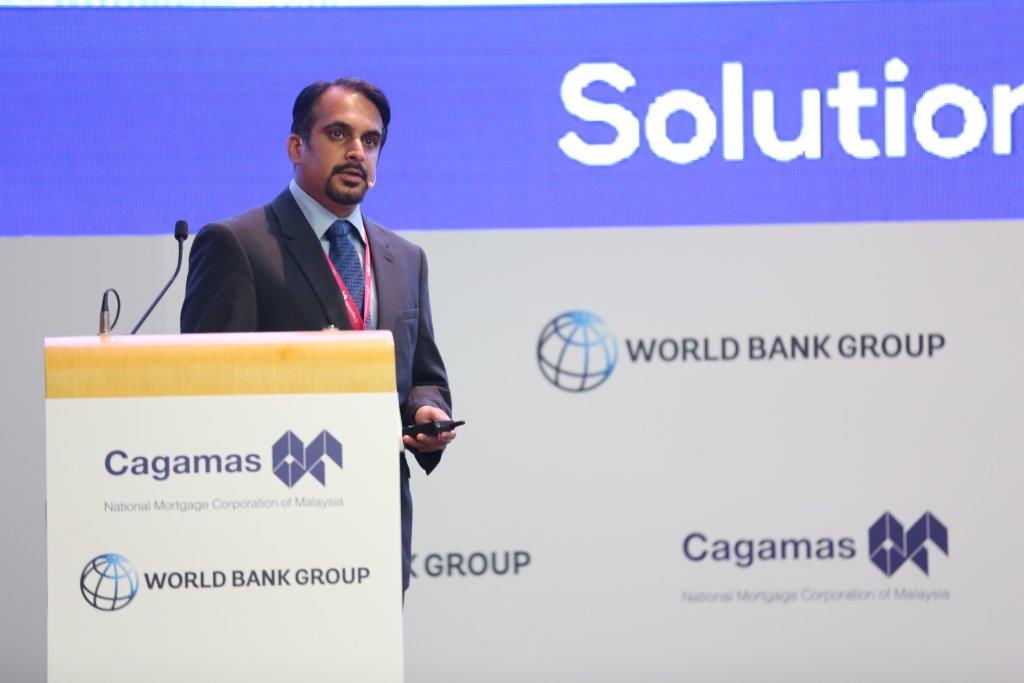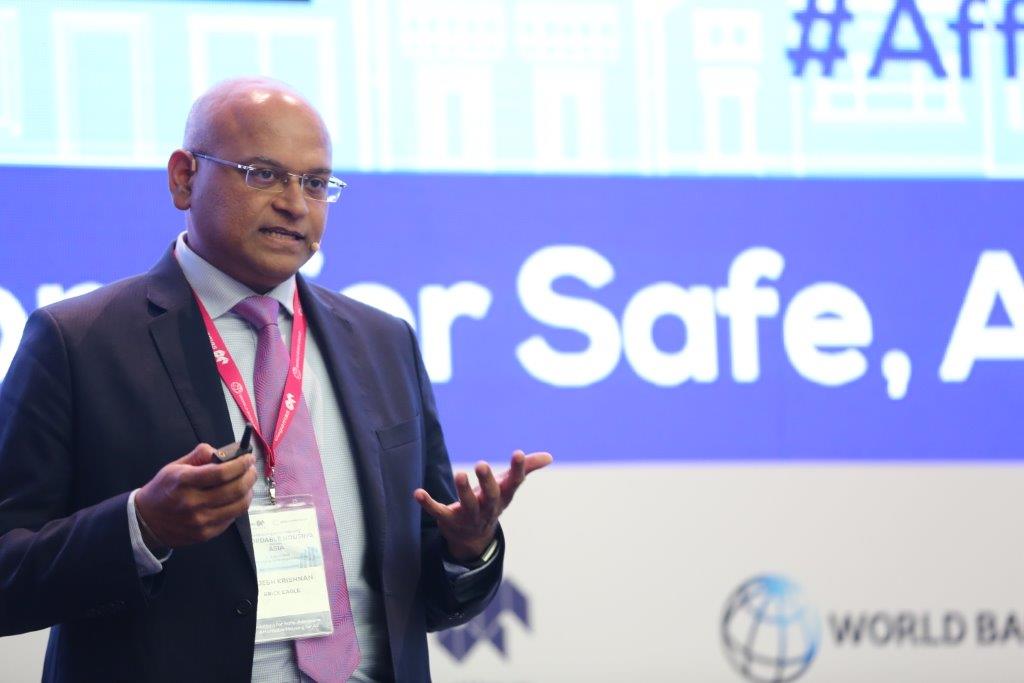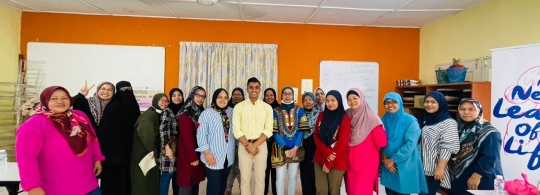
(Session VIII – Cagamas & World Bank Goup “Affordable Housing across Asia” conference, 3rd April 2019)
Ian Shapiro, the CEO of Reall, kicked off this session with a few harrowing facts. By the year 2030 – just 11 years away – the world will require 300 million new affordable homes. That’s 75,000 a day, 600 an hour, or 50 every minute. To say that these numbers are mind boggling is an understatement.

Despite all the gloom, Shapiro had a very optimistic message. He provided examples in India, Pakistan, and Nepal to show that if you can mitigate lenders’ risk, they can be persuaded to serve those people who were previously excluded from the formal financial sector, providing them an opportunity to own their own homes. Crucially, this can be done as a commercially viable project giving competitive rates of return. In India, for example, Reall has calculated that their investment has multiplied five times over. This means that for every home built, they can build another five.
While this is encouraging, Shapiro cautions that there is still a long way to go. He cites the number of mortgages in Pakistan to illustrate this point: 62,000 mortgages in a nation of 200 million people. That’s a penetration rate of less than half a percent. Next door India’s penetration rate stands at 7 percent; better than Pakistan, but way below the 80-90 percent rates seen in more mature markets.
Yet, the most valuable portion of Shapiro’s message is that there is gold at the bottom of the (income) pyramid. More often than not, people in the Bottom 40 turn out to be reliable borrowers. Talking to branch managers from banks in Nepal that decided to venture into this segment recently, he found that this was their highest performing product with over 99% repayment rates.
That affordable housing can be commercially viable was also Ming-Hau Lee’s message. He’s a Director of Clearwater Capital Partners, a Hong Kong-based credit investment firm that has put together a world class affordable housing platform in China. What’s surprising is that they specifically avoided the Tier 1 and Tier 2 cities like Beijing and Shanghai, and deliberately targeted southwest China – a region where most lenders avoided because the returns were too low.

As you can expect, they built a healthy portfolio; many developers in the region needed such debt financing. What wasn’t expected was the performance. After all the heavy lifting was done, they are in the fast growth mode now. They have financed about 92,000 homes, and will increase their funds under management by approximately 50 percent in the next two months. Lee is now looking at the next phase, which is to list this portfolio in Hong Kong or Singapore.
Switching gears somewhat was Sumeet Shukla, Investment Officer at IFC PPP, South Asia. He argued that well-structured Public Private Partnership (PPP) projects can actually address most of the problems associated with affordable housing. IFC is International Finance Corporation (IFC), a member of the World Bank Group.

For example, the government can identify suitable sites that are close to the place of work for most of the beneficiaries, and provide incentives to the private sector that do not unduly impact the public budget, such as approving permits and clearances in a faster timeframe.
Concurring with this viewpoint was Rajesh Krishnan, the founder and CEO of Brick Eagle Capital Group, which specializes in providing market-based solutions to address housing poverty in India. He highlighted the Dharavi redevelopment project, and the critical role of the Maharashtra state government.

For those who are unaware, Dharavi is a huge slum (about 600 acres) in Mumbai that has been slated for redevelopment for nearly 20 years. One of the constraints was that the people in Dharavi were worried that they would be relocated in temporary transit camps that were too far away from where they worked. It was only after the state government provided a practical solution – allow the people to be relocated to a site near Dharavi – that the project took off.






